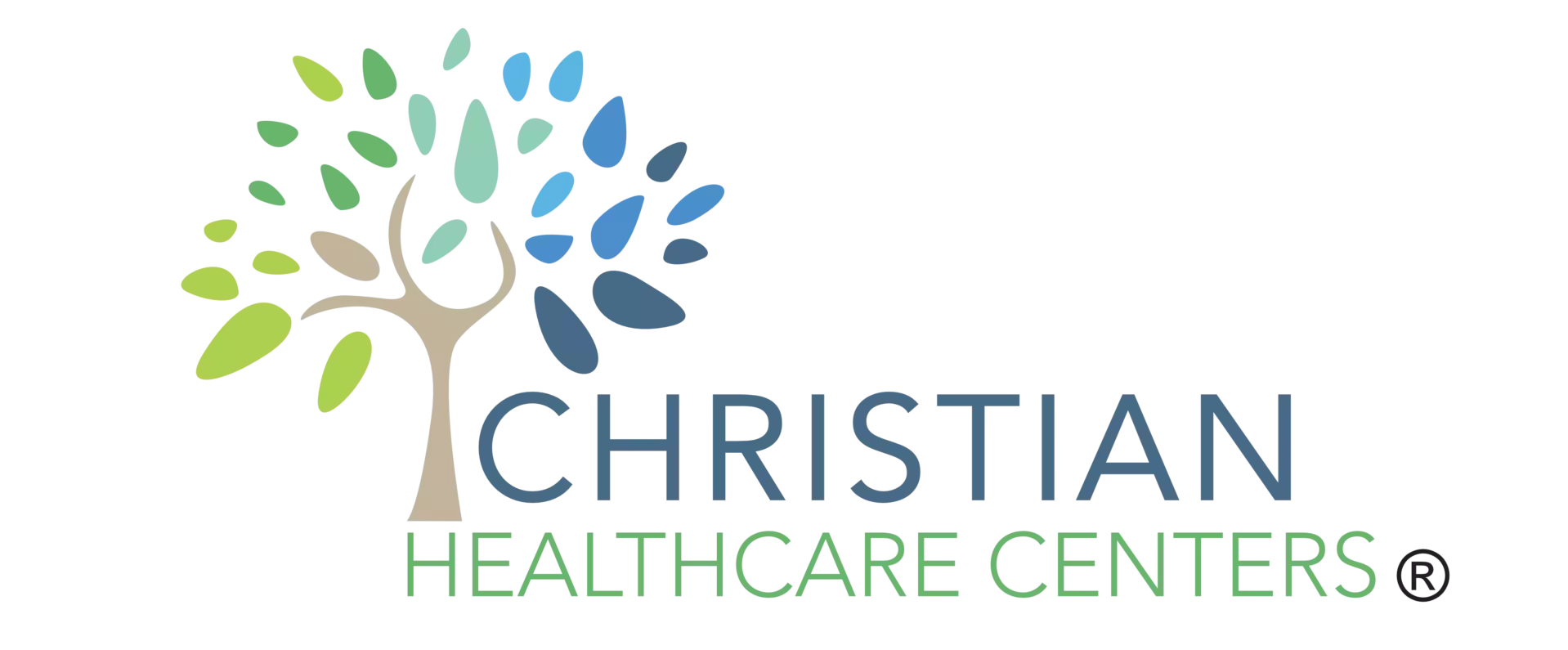Are you a primary care physician looking to streamline your practice and improve patient care?
Imagine having a patient portal that allows your patients to securely access their medical records, schedule appointments, and communicate with you.
But that’s just the beginning. There are nine digital tools that can revolutionize the way you deliver direct primary care.
These tools enhance communication and convenience and empower patients to take control of their health.
So, if you’re ready to take your practice to the next level, keep reading to discover the top nine digital tools for direct primary care.
Patient Portal
Access your personal health information with ease through the patient portal. This digital tool is designed to enhance patient communication and provide you with convenient access to your medical records and other important information. The patient portal allows you to communicate securely with your healthcare provider, request prescription refills, schedule appointments, and even view your test results. It’s like having a virtual doctor’s office right at your fingertips.
With the patient portal, you can stay connected with your healthcare team and stay up to date on your health. You can send messages to your doctor, ask questions about your treatment plan, and receive timely responses. This level of communication is crucial in building a strong doctor-patient relationship and ensuring that your healthcare needs are met.
The patient portal also gives you the ability to access your medical records whenever you need them. Gone are the days of sifting through stacks of paper files or waiting for your doctor to send you a copy. With just a few clicks, you can review your lab results, check your medication list, and track your progress over time.
In addition to accessing your personal health information, the patient portal can also streamline administrative tasks. You can request prescription refills online, saving you a trip to the pharmacy. You can also schedule appointments at your convenience, without the need for lengthy phone calls or waiting on hold.
Telemedicine Platform
The telemedicine platform allows you to connect with your healthcare provider virtually, providing convenient access to medical care from the comfort of your own home. This innovative technology offers numerous benefits for patients like you, making it easier than ever to receive the care you need.
Here are some key advantages of using a telemedicine platform:
Telemedicine benefits
Convenience: With a telemedicine platform, you can have remote doctor consultations from anywhere, at any time. No more waiting rooms or long commutes to the doctor’s office.
Time-saving: By eliminating the need for travel, telemedicine saves you valuable time that can be better spent on other important aspects of your life.
Increased access: Telemedicine breaks down barriers to healthcare, particularly for those in rural or underserved areas. It allows you to connect with specialists or primary care doctors who may not be available locally.
Remote doctor consultations
Personalized care: Through video consultations, your healthcare provider can assess your symptoms, provide treatment recommendations, and answer any questions you may have, just as if you were in their office.
Continuity of care: Telemedicine platforms enable seamless communication between you and your healthcare provider. This ensures that your medical records are up to date and that you receive consistent care, even from a distance.
Reduced exposure to illness: In times of contagious outbreaks or pandemics, telemedicine can help minimize the risk of exposure to infectious diseases by allowing you to receive medical advice and prescriptions without leaving your home.
Electronic Health Records (EHR)
Electronic Health Records (EHR) provide a comprehensive and efficient way for healthcare providers to store, manage, and access patient information. As a healthcare provider in the direct primary care field, you understand the importance of having a streamlined system in place to keep track of patients’ medical records. EHR integration is a key component of this system, allowing providers to seamlessly incorporate patient data into their practice.
However, despite the numerous benefits of EHR integration, there are still interoperability challenges that need to be addressed. Interoperability refers to the ability of different systems and software to exchange and interpret data effectively. In the healthcare industry, this means ensuring that different EHR systems can communicate with each other and share patient information accurately.
One of the main challenges in EHR integration is the lack of standardized data formats and protocols. Different EHR systems may use different formats for storing and organizing data, making it difficult to exchange information smoothly. Additionally, privacy and security concerns also pose a challenge to interoperability. Healthcare providers need to ensure that patient data is protected and secure during the exchange process.
Despite these challenges, efforts are underway to improve EHR integration and interoperability. Standardization initiatives, such as the Fast Healthcare Interoperability Resources (FHIR) standard, aim to create a common framework for exchanging healthcare information. Additionally, government regulations and incentives are encouraging healthcare providers to adopt interoperable EHR systems.
Appointment Scheduling Software
Appointment scheduling software is a digital tool that helps streamline and manage the process of booking and organizing patient appointments in direct primary care. This software is designed to make scheduling appointments easier and more efficient for both healthcare providers and patients. With online booking capabilities, patients can easily schedule their appointments anytime, anywhere, without having to make a phone call or wait for office hours. This convenience not only saves time for patients but also reduces the administrative burden on healthcare providers.
One of the key features of appointment scheduling software is calendar integration. This allows healthcare providers to sync their schedules with the software, ensuring that appointments are accurately scheduled and conflicts are avoided. With calendar integration, healthcare providers can easily view their availability and make adjustments as needed. This not only helps in avoiding double bookings but also ensures that patients are scheduled at the most convenient times.
In addition to online booking and calendar integration, appointment scheduling software often includes other helpful features, such as automated reminders and confirmations. These features help reduce no-shows and late cancellations, allowing healthcare providers to optimize their schedules and provide better care to their patients. With automated reminders, patients are notified of their upcoming appointments, reducing the chances of forgetting or missing them.
Secure Messaging System
To enhance communication between healthcare providers and patients, implementing a secure messaging system can facilitate efficient and confidential exchanges of information. A secure messaging system allows patients to communicate with their healthcare providers conveniently and on time, without sacrificing privacy and security. This tool not only improves patient engagement but also streamlines communication, leading to better healthcare outcomes.
One of the main benefits of a secure messaging system is the ability to exchange information securely and confidentially. Patients can securely send messages to their healthcare providers, ask questions, and provide updates on their condition. Healthcare providers can respond to these messages, providing guidance and support to their patients. This constant communication promotes patient engagement and allows healthcare providers to address any concerns or issues promptly.
The table below highlights some key advantages of implementing a secure messaging system:
| Advantages of Secure Messaging System |
|---|
| Improved patient engagement |
| Efficient and timely communication |
| Enhanced privacy and security |
Remote Monitoring Tools
Remote monitoring tools offer a convenient and proactive way for healthcare providers to track and monitor their patients’ health remotely. With the advancement of technology, remote monitoring devices have become more accessible and wearable technology has gained popularity, making it easier for healthcare providers to remotely monitor their patients’ health.
Here are three ways remote monitoring tools can benefit both healthcare providers and patients:
Real-time tracking: Remote monitoring devices allow healthcare providers to track patients’ vital signs and health data in real time. This enables providers to identify any concerning trends or abnormalities quickly and intervene when necessary. Patients can feel a sense of reassurance knowing that their health is being closely monitored, even from a distance.
Improved patient compliance: Wearable technology, such as fitness trackers or smartwatches, can be used as remote monitoring devices. These devices can remind patients to take their medication, measure their physical activity levels, and even monitor their sleep patterns. By incorporating these devices into their daily routines, patients can actively participate in their own healthcare and improve their overall compliance with treatment plans.
Early detection of health issues: Remote monitoring tools allow healthcare providers to detect health issues at an early stage. By continuously monitoring patients’ health data, providers can identify any changes or warning signs that may indicate the onset of a health problem. This early detection can lead to timely interventions and better outcomes for patients.
Online Payment System
Using an online payment system streamlines the process of financial transactions for both healthcare providers and patients. It allows for convenient and secure online invoicing and payment processing, making it easier for patients to pay for their healthcare services and for providers to receive payment in a timely manner.
With an online payment system, patients can easily view and pay their invoices online, eliminating the need for paper invoices and manual payment processing. They can access their invoices at any time and from anywhere, making it convenient for them to manage their healthcare expenses. The system also provides a variety of payment options, such as credit cards or electronic transfers, giving patients flexibility in how they choose to pay.
For healthcare providers, an online payment system simplifies the billing and collection process. Invoices can be generated and sent electronically, reducing administrative costs and saving time. The system also automates payment processing, ensuring that payments are received promptly and accurately. Providers can easily track and reconcile payments, eliminating the need for manual record-keeping.
Using an online payment system not only improves the efficiency of financial transactions but also enhances the overall patient experience. Patients appreciate the convenience and flexibility of online invoicing and payment processing, as it aligns with their digital lifestyle. It creates a sense of belonging and trust, as patients feel that their healthcare provider is keeping up with modern technology and offering a seamless payment experience.
Health Education Resources
Health education resources play a crucial role in empowering patients to make informed decisions about their healthcare. By providing access to interactive videos and informative blogs, these resources enhance patient knowledge and foster a sense of belonging within the healthcare community.
Here are three ways health education resources can benefit you:
Interactive videos: These engaging tools allow you to learn about various health topics at your own pace. With interactive features like quizzes and simulations, you can actively participate in your learning journey. Whether you want to understand a medical procedure or learn about managing a chronic condition, interactive videos provide an immersive learning experience that promotes understanding and retention.
Informative blogs: Written by healthcare professionals, informative blogs offer a wealth of knowledge on a wide range of health-related topics. From tips for healthy living to in-depth explanations of medical conditions, these blogs provide valuable insights that can help you make informed decisions about your healthcare. By staying up to date with the latest research and recommendations, you can take an active role in managing your health and well-being.
Community forums: Many health education resources also include community forums where patients can connect with each other and share their experiences. These forums provide a space for individuals to seek support, ask questions, and learn from others who may be going through similar health challenges. By participating in these communities, you can find a sense of belonging and gain valuable insights from peers who have firsthand knowledge of certain conditions or treatments.
Telehealth Communication Tools
To continue exploring the digital tools available in direct primary care, let’s now focus on the importance of effective communication through telehealth. Telehealth communication tools play a vital role in connecting healthcare providers with their patients remotely, especially during these challenging times when in-person visits may not always be possible. These tools allow for convenient and secure communication, ensuring that patients receive the care they need while maintaining their comfort and convenience.
One of the key benefits of telehealth communication tools is the ability to provide virtual consultations. Through video calls, healthcare providers can assess patients’ conditions, answer their questions, and provide guidance. This not only saves time and travel costs for patients but also allows for timely interventions and reduces the risk of exposure to contagious illnesses.
To help you understand the different telehealth communication tools available, here is a table showcasing some popular options:
| Communication Tool | Features |
|---|---|
| Video Conferencing | Real-time video consultations |
| Secure Messaging | Text-based communication for non-urgent matters |
| E-Prescribing | Electronic prescription delivery to pharmacies |
| Patient Portals | Access to medical records and test results |
It’s important to note that telehealth reimbursement and telehealth regulations vary depending on your location. It’s essential to stay updated on the latest guidelines to ensure compliance and avoid any potential issues with reimbursement. By utilizing telehealth communication tools effectively, you can enhance patient care, increase efficiency, and improve patient satisfaction.
Summary
So there you have it, the top 9 digital tools for direct primary care.
From the convenience of a patient portal to the effectiveness of remote monitoring tools, these resources are revolutionizing healthcare.
Whether you’re a patient or a healthcare provider, embracing these tools will undoubtedly enhance your experience and improve outcomes.
So why wait? Embrace the digital age and unlock the full potential of direct primary care today!


